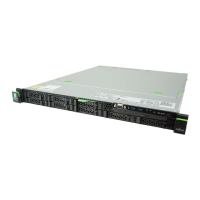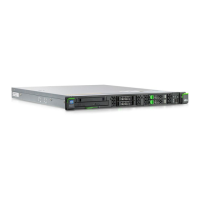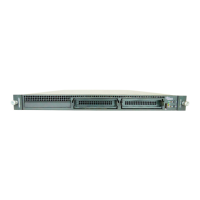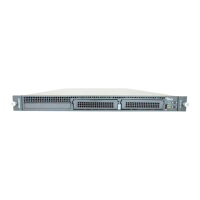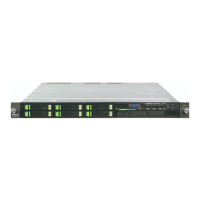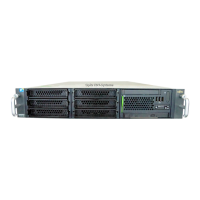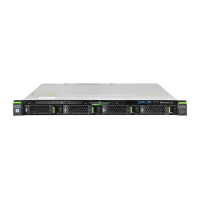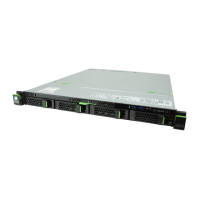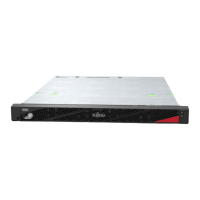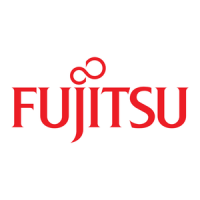
Do you have a question about the Fujitsu Primergy RX100 S5 and is the answer not in the manual?
| Processor cache | 1 MB |
|---|---|
| Processor cores | 2 |
| Processor family | Intel Pentium Dual Core |
| Processor frequency | 2.2 GHz |
| Processor cache type | L2 |
| Processor front side bus | 800 MHz |
| Number of processors installed | 1 |
| Hot-swap | Yes |
| HDD interface | Serial ATA |
| Optical drive type | DVD Super Multi |
| Total storage capacity | 0 GB |
| Memory slots | 4 |
| Internal memory | 1 GB |
| Internal memory type | DDR2-SDRAM |
| Maximum internal memory | 8 GB |
| Memory layout (slots x size) | 1 x 1 GB |
| Networking features | Gigabit Ethernet |
| USB 2.0 ports quantity | 5 |
| Ethernet LAN (RJ-45) ports | 3 |
| Power supply | 350 W |
| Power requirements | 100 - 127V/200 - 240V@50 - 60Hz |
| Redundant power supply (RPS) support | No |
| Dimensions (WxDxH) | 430 x 560 x 42.5 mm |
| Compatible operating systems | Microsoft Windows Server 2008/Server 2003, NovellSUSE Linux Enterprise Server, Red Hat Enterprise Linux |
| Chassis type | Rack (1U) |
| Operating temperature (T-T) | 15 - 35 °C |
| Operating relative humidity (H-H) | 10 - 85 % |
| Certification | GS CE CSAc/us ULc/us FCC Class A CB RoHS WEEE VCCI CCC C-Tick BSMI |
| Weight | 12000 g |
|---|
Defines the manual's purpose and target users for server installation and operation.
Lists other manuals and guides for comprehensive information on the PRIMERGY RX100 S5 server.
Highlights key functionalities like Customer Self Service (CSS) and internal components.
Explains the symbols and formatting used throughout the manual for clarity and safety.
Presents detailed electrical, mechanical, and environmental data for the server.
Covers critical safety precautions for installation, operation, and handling to prevent damage or injury.
Confirms adherence to EC directives for electromagnetic compatibility and low voltage standards.
Details FCC and ICES compliance for digital devices, including interference guidelines.
Provides instructions for safely moving the server, emphasizing proper packaging and handling.
Outlines procedures and safety considerations for installing the server into a rack system.
Discusses environmentally friendly design, energy saving, and proper disposal of consumables.
Provides instructions on how to safely unpack the server and check its contents.
Details the process of mounting and dismounting the server within a rack.
Explains how to connect external devices, including ports on the front and rear.
Guides on how to properly connect the server's power supply to the mains.
Describes the various buttons, LEDs, and indicators on the server's front and rear panels.
Explains the procedures for powering the server on, off, and using other switching options.
Provides information on server configuration, including controllers and OS installation.
Offers instructions on how to safely clean the server's exterior and components.
Details security features in BIOS Setup for protecting system and data access.
Addresses issues where the server's power-on indicator does not light up.
Provides solutions for the server unexpectedly shutting down or turning off.
Offers troubleshooting steps for when the monitor display is black or shows no image.
Guides on resolving issues with flickering or distorted display on the monitor.
Provides solutions for cases where the screen shows no display or the image drifts.
Addresses problems where the mouse cursor is not visible on the screen.
Explains how to set and correct the system's date and time settings.
Offers solutions for when the server fails to start up or boot the operating system.
Guides on understanding and resolving error messages displayed on the server screen.
Details the handling, installation, and removal of hot-plug hard disk drives.
Provides instructions for replacing internal components like memory, fans, and expansion cards.
